Invest in training
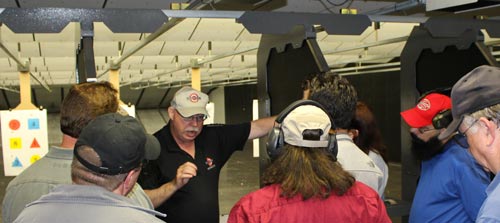 When I went to the academy in the mid-90s, it wasn’t possible for the firearms instructors to spend one-on-one time with each individual officer. In fact, I don’t recall being coached during training even once. It wasn’t that I was shooting extremely well or that the instructors weren’t doing their jobs. It was simply that the range officers had to spend their time with the students who were struggling to qualify. That’s the curse of mediocrity, I suppose.
When I went to the academy in the mid-90s, it wasn’t possible for the firearms instructors to spend one-on-one time with each individual officer. In fact, I don’t recall being coached during training even once. It wasn’t that I was shooting extremely well or that the instructors weren’t doing their jobs. It was simply that the range officers had to spend their time with the students who were struggling to qualify. That’s the curse of mediocrity, I suppose.
The ever-expanding role of law enforcement is further complicated by the ever-increasing challenge of staffing. These factors, among others, make it simply impossible for agencies to provide officers with all the essential training they need. In particular, law enforcement agencies simply don’t provide enough training on firearms and defensive tactics and that is a problem for the individual officer. Cops today have only two options: stand by and accept the minimal training their department can provide and hope nothing bad happens or seek competent training elsewhere. That is even more true for the regular citizen. Most concealed carry courses are cursory, at best.
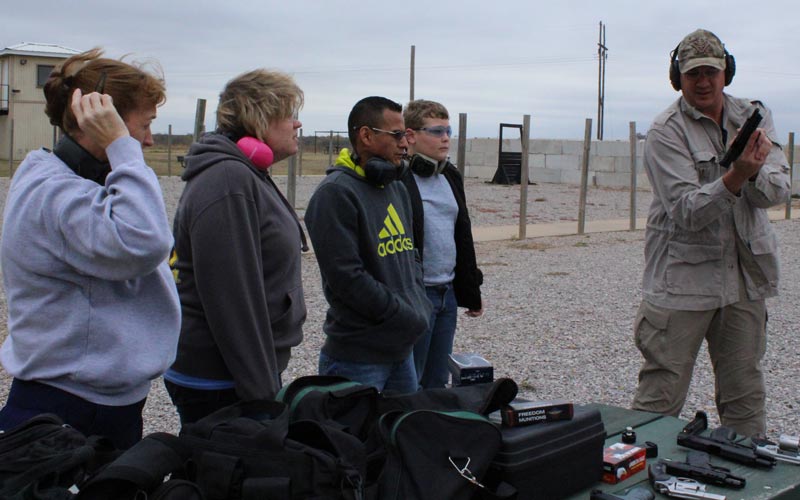 Training Options
Training Options
There are a lot of quality trainers out there which are geographically accessible to almost anyone. I’ve had to fly to schools in the past, but that’s rarely necessary. Thunder Ranch is in Oregon. Gunsite is in Arizona. Operation Specific Training is based in Kentucky (and trains in other venues). SIG SAUER Academy is in New Hampshire. Rangemaster Firearms Training Services (Tom Givens) is based in Memphis, but travels around the 48 states. Likewise, Handgun Combatives (Dave Spaulding) and many others offer classes in different areas of the country. Geography should not be an inhibiting factor. In the last fourteen months, I’ve driven from our home base in north central Oklahoma to Memphis, Paducah, and southern Oklahoma on eight different excursions. I’m at training hour number 246 since then and haven’t set foot on a plane since SHOT Show in January.
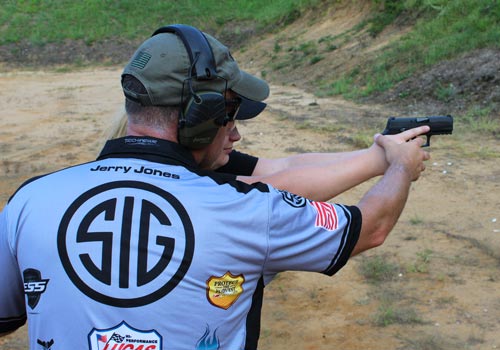 Financial Investment
Financial Investment
Usually, the term, “investment” means money. There is some inexpensive training we can get from books, on the Internet or in a DVD, but one can only glean so much information from media. Quality “shoulder-to-shoulder,” training is invaluable. That said, money will be needed for tuition, ammunition, travel expenses and meals. Tuition for a good class will be upwards of $200 to $225 per student for the first day. The daily tuition decreases with longer classes. A three-day class will likely be just over $600. Ammunition is another financial consideration. Two or three day schools generally require 1,000 rounds of ammunition. So, figure $200 to $400 in ammunition and $400 to $600 for tuition for a decent weekend class plus lodging and meals.
A more economical option is the Rangemaster Tactical Conference which is held every March. It’s three days of top-shelf training for $350. The conference is taught by the likes of Tom Givens, Massad Ayoob, John Farnham, Chuck Haggard, Jim Higginbotham, Craig “Southnarc,” Douglas, Dr. Martin Topper and many others. The training includes firearms courses, force-on-force training and classroom lecture. Students are allowed to pick which courses they want to attend. That deal is hard to beat.
Intellectual Investment
Intellectual investment only costs a student their time, but is also critical to the learning experience. Before attending a class of any kind, it’s important to do your research. What are you goals for this training? Does the curriculum fit those goals? Who is the instructor? Is the training philosophically diverse from what you’ve been taught in the past? That might be a reason to avoid that class or it just might be a reason to go and experience that differing perspective. Different can be good.
Pre-study the material. How is that possible? Consider the four basic firearms safety rules as an example. Any instructor worth your time will make these principles part of their curriculum. “The Big Four” are pretty much universal. Having them memorized means you’ll have less brain strain trying to learn new stuff during training. Also, many instructors have YouTube channels and other websites where they provide snippets of their training blocks. Gaining some understanding of the tone and direction of the class from these videos can result in an increased comfort level and a mindset more receptive to learning.
During the class, take copious notes. If it’s a multi-day class, study the material in the evenings. After the class, create files for any handouts and information you’ve jotted down. After a week or two, revisit those documents and solidify the information in your mind. These records may be invaluable to you in your future endeavors. There is nearly a ream of said material on the desk as I write this.
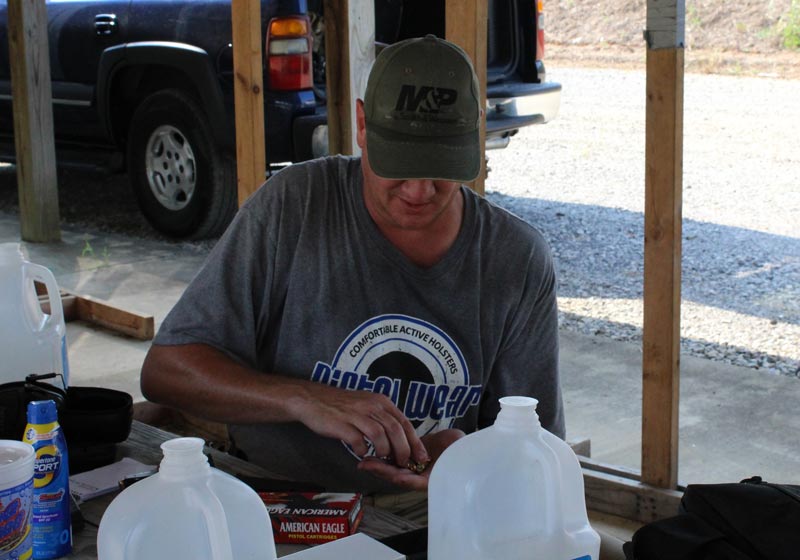 Emotional Investment
Emotional Investment
More important than any other commitment we make in training is our emotional investment. A good student arrives at class fully engaged and open-minded about what he or she is about to be taught. Good instructors work as hard for their students as their students work for themselves. We’ve all seen “that guy,” in class. He’s the one with the poor attitude sitting in the rear of the classroom leaned back in the chair. His arms and ankles are crossed and his mind is elsewhere. He’s thinking only about getting his certificate and/or mandatory training hours. Thankfully, “That guy” rarely seeks outside training. Those who throw down their own silver tend to take training more seriously.
Invest in Yourself
People don’t seek training for a lot of common reasons: funds, fear of failure, time constraints or a factor which is much less commonly considered, the Dunning-Kruger Effect. Most, if not all of us, suffer from this ailment to some extent. Dunning-Kruger (which has been spotlighted by respected firearms and defensive tactics instructor, Chuck Haggard) is the cognitive bias which makes it difficult for people to accurately evaluate their own skill level. Those folks erroneously think they are already where they need to be and have no need for any more training. The fact is that the topic of real world implementation of the defensive firearm is so vast that no one, no matter their level of skill or knowledge, can ever truly be an expert. Those who come closest to that status are the most dedicated students. Famed and incredibly successful business magnate Ray Kroc is credited with saying, “when you’re green you’re growing. When you’re ripe, you’re rotting.” Never stop growing.


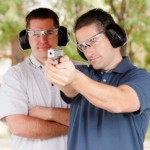
Leave a Reply
Want to join the discussion?Feel free to contribute!